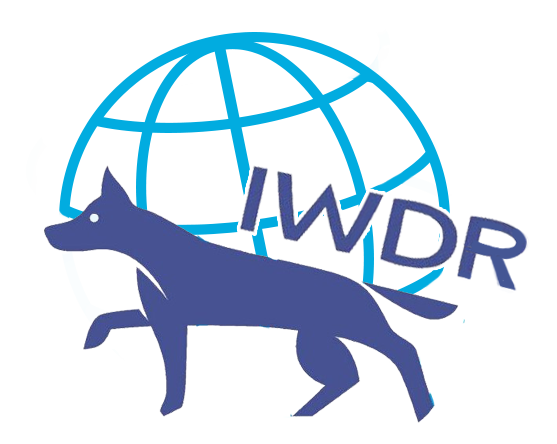What is a behavior assessment and why do it?
A behavior assessment is the process of identifying and noting an individual dog’s reaction to various environmental stimuli. Well-made behavior assessments measure the things a dog does and avoid the use of adjectives such as anxiety or suspicion, which are our interpretations of the behavior.
Why assess behavior?
There are a number of reasons why you may want to assess behavior in a more formal way. For example, some reasons that Guide Dog Schools assess behavior include:
- Determining the suitability of a dog for its intended role / training.
- Efficient processing of dogs to reduce unnecessary occupancy of kennels by dogs not suited to training; this could include re-allocating dogs to more suitable programs/roles.
- Improving welfare by not attempting to train dogs that are not suited to the rigors of guide dog work.
- Determining the suitability of a dog for breeding.
- Measuring changes in behavior of a dog over time.
- Measuring changes in behavior within a colony of dogs.
- Gathering data that can be used to determine the heritability of behavioral traits.
- Using gathered data to exert selection pressure to increase or decrease the prevalence of behavioral traits in a breeding colony.
- Sharing meaningful information between breeding partners.
How can you assess behavior?
A number of tools are available to score behavior in dogs. Assessments can be completed in a range of settings but will usually involve exposing the dog to a range of stimuli in a range of circumstances. This typically involves evaluating the dog’s reaction to being in a busy or noisy environment, its reaction to novel objects and its reaction when it meets other dogs or animals. Many guide dog schools have developed their own particular tool.
For consistent, meaningful and useful data to be gathered it is important that a test be standardized and applied in a similar manner with each individual tested. In addition, inter- and intra-rater reliability should be measured to ensure consistency of scoring between individual scorers and that any one individual scores similarly each time they use the test. Many tests suffer from poor reliability / validity as scorers are subject to drift over time or demonstrate bias in their assessments.
To improve consistency and keep data meaningful, many organizations use a common testing tool known as the Behavior Check List (BCL) when assessing their dog’s behaviour. Using a common testing tool has many benefits, including:
- The ability to share meaningful (common-ground) data between breeding colonies to assist with selection of suitable dogs from other breeders/organizations.
- A measured and meaningful demonstration of differences in the behavior of colonies over time.
- Accelerating improvements in a breeding colony by using data gathered on related dogs in another colony: learn more about Estimated Breeding Values.
- Opportunity for smaller breeding colonies to use data on all related dogs no matter which colony they may be in.
- The development of a common language within the industry to describe dog behavior.
